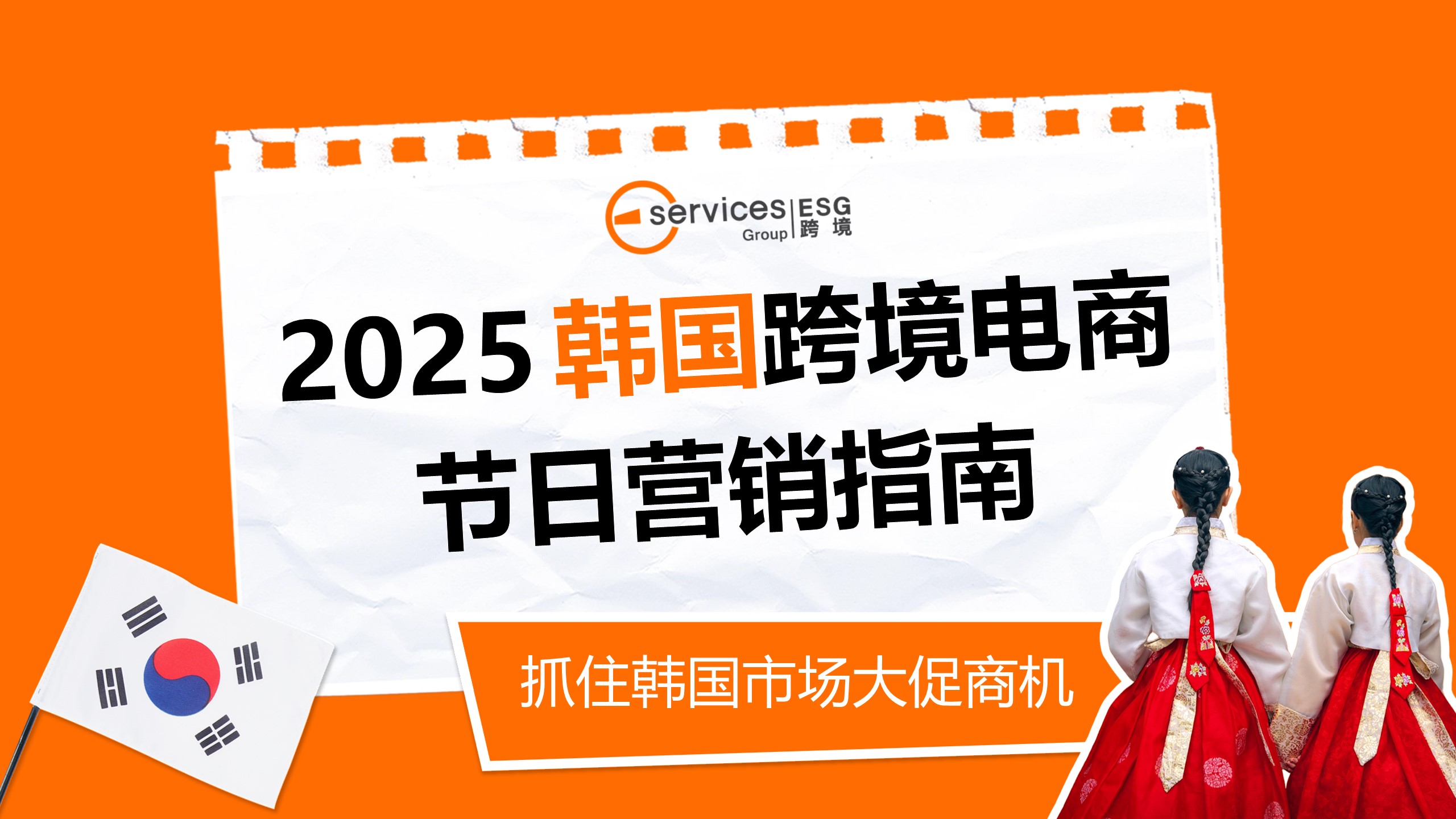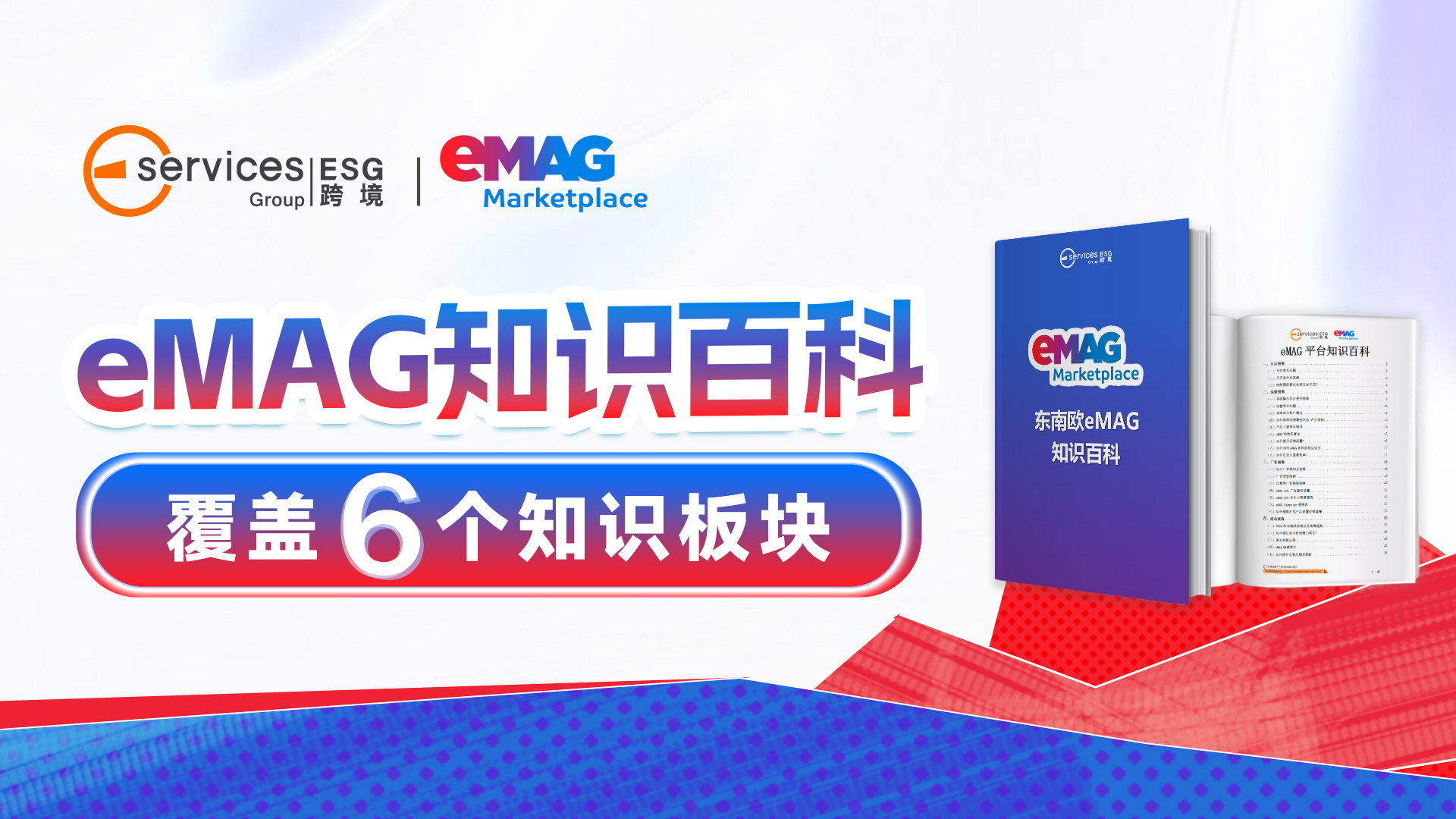ESG集团CEO Alan受China Daily采访,谈香港电商新机遇
电子商务专家Alan Lim从事电子商务行业超过 10年, 对这个行业非常了解,他专注于新兴平台。
电子商务专家Alan Lim从事电子商务行业超过10年, 对这个行业非常了解,他专注于新兴平台。
Alan Lim
E-Service Group CEO及创始人,一家帮助中国电子商务运营商打通全球售渠道的公司。
在持久的中美贸易争端和香港持续不断的抗议活动的夹击下,香港特区的跨境电商陷入了两难的境地,他们既无法建立也无法拓展海外业务,这是由一系列障碍造成他们陷入困局。本应该是一个超级重要旺季,而他们的货物无法按时从香港囯际机场运出,从而加剧了越来越多的海外订单被取消,Alan Lim说。
香港国际机场是全球最繁忙的航空货运枢纽,去年的货运量超过 510 万吨。它也是中国电子商务公司最重要的机场之一,也是中国供应商将订单以最低成本运往海外的首选机场。
随着抗议活动的升级,香港国际机场在8 月份关闭,货运业务也没有开展,而世界上最大的两个经济体之间正在酝酿的贸易争端已经让他们心有余悸,Alan Lim说。示威者涌入香港国际机场,占领了候机楼,迫使至少 1000 架航班取消、延误或改道。
香港机场管理局( Airport Authority of Hong Kong)的最新数据显示,随着骚乱加剧,10 月份香港的客运量和货运量都大幅下滑。上个月的货运量同比下降 5.5%,约42.8万吨。
香港的电子商务障碍
Alan Lim表示,香港国际机场货运量的下降,在一定程度上是由于许多出囗公司正在寻找通过广州机场替代造成的,尽管成本要高得多。
同时,中国海关加强了对进出口货物的管理,导致了中国电子商务供应商的货物在香港国际机场中转时被延误。更糟糕的是,信任被打破了,需要很长时间才能恢复。
Alan Lim坚信,只要电子商务被关注,相信香港的电子商务会走上正轨及有一个光明的未来。由于香港作为中国的战略门户和重要枢纽的独特地位,本地卖家在海外电子商务平台方面比内地卖家更有国际经验。他们中的许多人来自广东,产品远销美国、欧洲和澳大利亚。
“外国进囗商现在不知道香港将来是否还会有类似的问题,他们中的许多人可能不会主动与香港合作,这对商业不利。"Alan Lim表示。
不过,他相信,一旦香港恢复法治和秩序,这个城市将再次繁荣起来,仍然可以重建这些链接。
Alan Lim出生于新加坡,在英国学习。2008年,他将公司定位为香港的跨境电子商务解决方案提供商。他看重香港丰富的人才库、积极进取的工作环境以及毗邻全球最大的电子商务市场中国内地。
他回忆道,2008年全球金融危机重创英国时,他决定回到亚洲寻找更广阔的天地。“在 2008 年之前,我们通常会看到西方公司投资中国公司。但在那一年之后,中国企业走出去、投资并征服西方是很常见的,"他表示:“我需要站在决策者的立场上。”
到达香港后,他发现当地的零售业相当发达,消费者可以很容易地下楼,买到几乎所有他们需要的东西。但本地线上平台无法提供比线下门店更多的品类来迎合消费者的囗味。没有一个当地的电子商务巨头能够提供来自世界各地大量的货品。
长期以来,香港一直因其过时的电子商务系统而受到批评,尤其是与毗邻的深圳相比。
虽然香港的一些平台逐渐得到重视, 如HKTVmall和 big big shop, 但也出现了其他问题,如成本上升。根据Alan Lim的说法,香港的物流运输非常昂贵。除速递服务收费外,往住宅地址的速递服务亦须缴付附加费。
然而,Alan Lim发现香港消费者确实购买了很多电子商务产品,大部分来自海外平台,如亚马逊,而不是本地的线上商店。
与此同时,随着许多卖家转向海外推销自己的产品,中国内地市场的竟争变得更加激烈。
“在中国大陆,近 20%的零售商品是在网上购买的,位列世界第一。市场很大,卖家的数量也很大。除非你的产品很有特色,否则很难有好的表现。”Alan Lim说。
他认为跨境电子商务对早鸟很有前途。由于目前在这些国外平台上的中国卖家并不多,那些已经进入该行业的卖家可以赚取可观的利润。
海外市场潜力
一些卖家质疑,与中国巨大的市场相比,仅仅为了为数不多的客户进行海外冒险,是否有必要。不过,Alan Lim提到了充电宝的售卖,他解释说,如果要在淘宝上出售,价格可能只有5 美元。但如果同样的产品在东南亚电子商务巨头 Lazada 的新加坡销售,零售价格可能达到 15 美元,因为那里几乎没有竞争对手。
Alan Lim预计,拉美市场可能是未来 20 年最大的机遇之一。“如果你是一个有经验的电商卖家,拉美可能对你来说有更高的潜力。但你真的必须要知道自己在做什么,因为这个市场很远,在地球的另一端,而且文化差异也非常大。
下面是英文原稿
E-commerce: Tackling markets and cultures
Caught in the crossfire of the protracted Sino-US trade row and the ongoing Hong Kong protests, cross-boundary e-commerce players in the SAR are in a dilemma — they’re neither able to build up nor expand overseas businesses arising from the web of hurdles created.
They’re strapped — their goods can’t be shipped out on time from Hong Kong International Airport, exacerbated by mounting cancellations of overseas orders during what’s supposed to be a super important peak season, says Alan Lim, founder and chief executive of E-Services Group, which helps Chinese e-commerce operators polish their global channels.
As the world’s busiest air cargo hub, HKIA handled more than 5.1 million tons of freight last year. It’s also one of the most important airports for e-commerce companies in China and the first choice of Chinese vendors in shipping their orders overseas with the least cost.
HKIA’s shutdown in August, as the protests escalated, was a non-starter for freight operations, which were already reeling from the simmering trade spat between the world’s two biggest economies, says Lim. Demonstrators had swarmed HKIA and taken over the terminal, forcing at least one thousand flights to be scrapped, delayed or diverted.
Latest figures from the Airport Authority of Hong Kong showed that both passenger and freight volumes took a tumble in October as the unrest intensified. The volume of cargo shipped plummeted 5.5 percent year-on-year to 428,000 tons last month.
E-commerce hurdles in HK
According to Lim, the drop in freight traffic at HKIA was caused, to a certain extent, by many export companies looking for alternative backup via Guangzhou airport although the costs are much higher.
Chinese customs authorities, at the same time, have tightened regulations on shipments into and out of the country, causing goods of Chinese e-commerce vendors to be delayed for transit via HKIA.
What’s worse is that the trust is broken and it would take a long time to heal.
Lim had been brimming with confidence that Hong Kong was on track to enjoy a bright future as far as the e-commerce sector is concerned. With the city’s unique role as a strategic gateway and important hub for China, local sellers have more international experience with overseas e-commerce platforms than their mainland peers. Many of them source from Guangdong province and sell their products to markets as far as the United States, Europe and Australia.
“Foreign importers now have no idea if Hong Kong will have similar problems again in future. Many of them may not initiate cooperation with Hong Kong, which is detrimental to business,” he says.
However, he believes, once law and order return to Hong Kong, the city will boom again and can still rebuild these links.
Born in Singapore and studied in Britain, Lim positioned his business as a cross-border e-commerce solution provider to Hong Kong in 2008. He values the city’s rich talent pool, aggressive working environment and its proximity to the world’s biggest e-commerce market on the mainland.
He recalls having decided to move back to Asia for greener pastures as the global financial crisis hit the UK hard in 2008.
“Before 2008, we would normally see Western companies investing in Chinese firms. But, after that year, it is common to see Chinese companies go out, invest and conquer the West,” he says. “And I need to be where the decision makers are.”
After arriving in Hong Kong, he found that since the local retail industry is fairly strong, consumers can easily go downstairs to get almost everything they need. But local online platforms cannot provide more categories than offline outlets to cater to consumers’ tastes. There’s no local e-commerce giant that’s able to offer an array of goods from all corners of the globe.
Hong Kong has long been criticized for its antiquated e-commerce system, especially when compared with the contiguous Shenzhen.
Although some Hong Kong platforms have gradually gained prominence, such as HKTVmall and big big shop, other problems have cropped up, such as rising costs. According to Lim, logistics shipping in the city is quite expensive. In addition to express fees, delivery services to residential addresses are subject to a surcharge.
However, Lim found that Hong Kong consumers do buy a lot of e-commerce products, mostly from overseas platforms like Amazon instead of local online stores.
At the same time, the mainland market has grown more competitive, as many sellers turn to overseas to ply their wares.
“On the mainland, nearly 20 percent of retail goods are bought online, topping the world rankings. The market is big, so is the number of sellers. Unless your products are quite distinctive, it’s hard to perform well,” says Lim.
He reckons that cross-border e-commerce is promising for early birds. Since there are not many Chinese sellers on these foreign platforms at present, those already in the business could rake in handsome profits.
Overseas market potential
Some sellers question the need to venture overseas for just a minimal number of customers, compared with China’s huge marketplace. However, Lim points to the sale of power banks, explaining that if they’re to be sold on Taobao, the price may be just US$5. But if the same products are to be sold in Singapore on Lazada — the Southeast Asian e-commerce titan — the retail price could hit US$15 because there are few rivals there.
Latin American market is likely to be one of the biggest opportunities in the next two decades, Lim predicts. “If you’re an experienced e-commerce seller, Latin America may have a higher potential for you. But you really need to know what you’re doing, since the market is quite far — on the other side of the Earth — and the culture is totally different.”
For newcomers to e-commerce who are willing to march into overseas markets, he suggested Southeast Asia as an ideal destination that’s growing rapidly. The e-commerce penetration rate in Southeast Asia has just reached between 1 and 3 percent today, Lim is optimistic.
“In other words, the penetration rate is likely to grow six to eight times more in the next five to eight years. It’s fast-growing and with high potential. But, currently, the low price is still a big selling point in Southeast Asia. High quality and good customer experience are less important,” according to Lim.
With a strong market sense, he always keeps an eye on emerging markets and avoids those where the giants are. To look for markets with potential, he spends most of the time talking to business leaders.
To get closer to his clients, Lim moved E-Services’ headquarters in 2014 to Shenzhen, which is the home to some 75 percent of the country’s e-commerce operators.
“People in Shenzhen are willing to come out of their comfort zone to do something. I appreciate such kind of spirit because I also started from scratch.”
点击注册Target="_self">esg会员,入驻全球30+跨境电商平台!
特别声明:以上文章内容仅代表作者本人观点,不代表ESG跨境电商观点或立场。如有关于作品内容、版权或其它问题请于作品发表后的30日内与ESG跨境电商联系。
二维码加载中...
使用微信扫一扫登录
使用账号密码登录
平台顾问
微信扫一扫
马上联系在线顾问
小程序

ESG跨境小程序
手机入驻更便捷
返回顶部












 市场合作:shichangbu@eservicesgroup.com
市场合作:shichangbu@eservicesgroup.com





